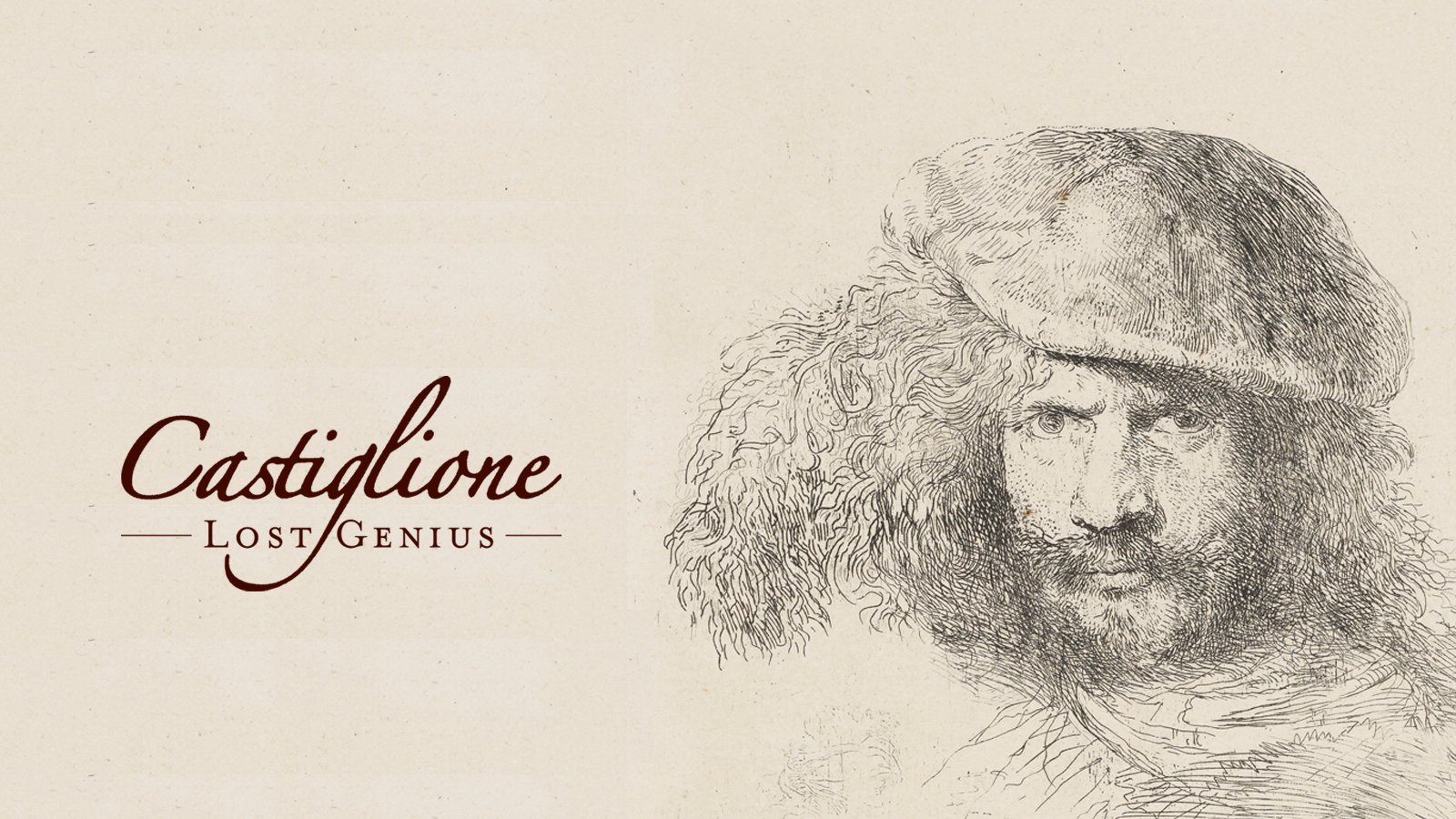
Youth 1609 – c.1640
The port city of Genoa, in northwestern Italy, was in Castiglione’s day home to trading communities from across Europe, the eastern Mediterranean and Africa. The wealth of the great merchant families also attracted artists from all parts of Italy and beyond, in particular the Low Countries: Anthony van Dyck was based in Genoa during the 1620s and was almost certainly known to the young Castiglione, then receiving his training in the studio of the painter Giovanni Battista Paggi.
But Genoa was as nothing compared to Rome, the centre of the Italian art world. Castiglione moved to Rome around the age of 20, and entered a dauntingly competitive environment. In 1635 he was accused of shooting a handgun at a fellow artist who had ridiculed his methods of drawing, a harbinger of the volatility that was to blight his career. To make his mark, Castiglione started to model his works on those of more established artists – Claude, Bernini, ‘old masters’ such as Titian and Raphael, and above all Nicolas Poussin. By the end of the decade Castiglione had digested these lessons and arrived at his own unique style.







